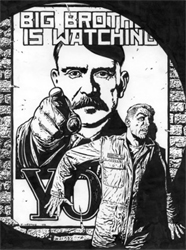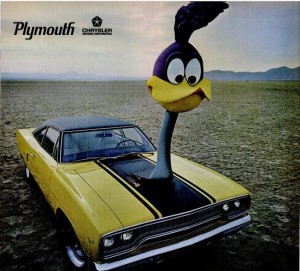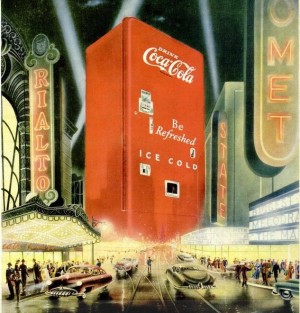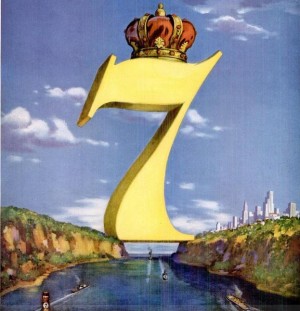Business
Russian Twix Commercial
Twix from Igor Kozhevnikov on Vimeo.
Posted By: Paul - Fri Feb 11, 2011 -
Comments (3)
Category: Business, Advertising, Products, Candy, Russia
Santa Hates PETA
Posted By: Paul - Sat Jan 22, 2011 -
Comments (19)
Category: Animals, Business, Advertising, Products, Holidays, 1980s
Follies of the Mad Men #129
Doesn't everyone learn to read off cereal boxes?
Posted By: Paul - Fri Dec 10, 2010 -
Comments (2)
Category: Business, Advertising, Products, Education, Food, 1950s
Follies of the Mad Men #128
This is the deodorant for habitual teeter-totter users and sculptors of totem poles.
Posted By: Paul - Wed Dec 01, 2010 -
Comments (7)
Category: Body, Business, Advertising, Products, Hygiene, 1960s
Follies of the Mad Men #127
[From Life magazine for Nov 28 1969.]Yes, I drive a cartoon.
Posted By: Paul - Mon Nov 29, 2010 -
Comments (10)
Category: Business, Advertising, Products, Cartoons, 1960s, Cars
Follies of the Mad Men #126
How many idiotic themes can you find in this ad? Let me start you out:
1) Women like to hang out in bestiality bars.
2) Only men can or should be responsible for buying condoms.
3) A woman will sense a condom in your pocket and respond.
4) You can be the biggest jerk in the world, but so long as you buy a condom....
I can't go on. Your turn.
Posted By: Paul - Tue Nov 23, 2010 -
Comments (6)
Category: Business, Advertising, Products, Birth Control , Men, Women
Follies of the Mad Men #125
1) Our food product is so dense and indestructible that it can serve in place of a football.
2) It is not sold on merits of taste, but simply as a "bulking-up" agent.
Posted By: Paul - Fri Nov 12, 2010 -
Comments (2)
Category: Business, Advertising, Products, Food, Sports, 1960s
Follies of the Mad Men #124
These images both derive from Life magazine for November 11, 1949.
It must indicate something about capitalism circa 1949 that both ad campaigns chose this gigantic, brutal, triumphalist imagery. (Perhaps the two campaigns were created by the same agency even?) The postwar reign of corporate overlords has arrived. "Beware, puny humans! Our glorious products bestride the landscape and will crush you, unless you buy and consume mass quantities!"
Could there be a less-enticing public face for a company?
Posted By: Paul - Thu Oct 14, 2010 -
Comments (3)
Category: Business, Advertising, Products, Dreams and Nightmares, 1940s, Alcohol
See A Thief, Catch A Thief

Posted By: Nethie - Thu Oct 07, 2010 -
Comments (6)
Category: Business, Cops, Crime, Government, Jobs and Occupations, Video, More Things To Worry About
Follies of the Mad Men #122
More ill-conceived use of music in advertising.
Posted By: Paul - Wed Sep 15, 2010 -
Comments (2)
Category: Business, Advertising, Products, Domestic, Appliances, Music, 1950s

| Who We Are |
|---|
| Alex Boese Alex is the creator and curator of the Museum of Hoaxes. He's also the author of various weird, non-fiction, science-themed books such as Elephants on Acid and Psychedelic Apes. Paul Di Filippo Paul has been paid to put weird ideas into fictional form for over thirty years, in his career as a noted science fiction writer. He has recently begun blogging on many curious topics with three fellow writers at The Inferior 4+1. Contact Us |







